Global

This photo provided by the Department of Special Collections, McFarlin Library, The University of Tulsa shows fires burning during the Tulsa Race Massacre in Tulsa, Okla., on June 1, 1921. (Department of Special Collections, McFarlin Library, The University of Tulsa via AP)
The Black Wall Street Market is nowhere near Black Wall Street.
The original Black Wall Street vaporized a hundred years ago, when a murderous white mob laid waste to what was the nation's most prosperous Black-owned business district and residential neighborhood. When Billie Parker set out to memorialize the name with her new development, she built it far from Tulsa's historic Greenwood neighborhood.
She followed the trail of the city's Black population. There were roughly 10,000 Black Tulsans in 1921; displaced by the massacre, they would be pushed farther and farther north into what is unambiguously an underdeveloped and underserved section of the city today.
Parker's Black Wall Street Market is a ramshackle outpost on a 3-acre lot abutting a two-lane road, a far cry from the booming city within a city that was Greenwood, with its Black grocers, shopkeepers, doctors, lawyers, newspaper publishers and other businessmen and women.
But Parker thought it was important to lay claim to the name and its legacy.
"We were taught not to even think about that," Parker, who is in her 50s, said on a recent Saturday morning after opening up the market's gift shop. "We had to hush up. So, I say it's time for us to put Black Wall Street out there."
The 6 miles between the old and new incarnations of Black Wall Street belie the dire connection that links them: Racial and socioeconomic inequality on Tulsa's north side has its roots in the 100-year-old atrocity of the Tulsa Race Massacre.
First, a racist mob stripped an almost unknowable amount of wealth from Black Tulsans overnight. Then, desegregation and urban renewal further upended the post-massacre Black business community that was rebuilt. Insurance claims for massacre victims' losses were denied and their civil lawsuits against the city and state seeking financial relief were tossed out.
No Black survivor or descendant has been justly compensated for their losses. That timeline left a gaping wound unhealed for a century -- and that wound is still open on Tulsa's north side.
The question is: What can be done now to help it heal?
According to a U.S. Census Bureau estimate, the median household income for Black households across Tulsa was an estimated $30,955 in 2019, compared with $55,278 median income for white households. In a city of an estimated 401,760 people, close to a third of Tulsans who lived below the poverty line in 2019 were Black, while 12% were white.
A quick drive between south and north Tulsa shows a clear difference in development. Some paved streets don't have streetlights or traffic signals. Until recently, the entire north side had easy access to just one grocery store. Many homes are in need of repair and renovations.
The Gibbs Next Generation Center, a small shopping mall and office park run by descendants of a woman who survived the Tulsa Race Massacre, is located in the same ZIP code as Parker's market. LeRoy Gibbs II and his wife, Tracy, purchased the center in 2015 - the property used to be the location of businesses run by LeRoy's grandfather and grandmother, LeRoy and Ernestine Gibbs, who was a teenager during the massacre.
The younger generation of Gibbs has revived the center with the hope that it brings jobs and revenues to the Black community. They rent office space and storefronts to six tenants, including a graphic design shop, a legal defense aid organization, a Black beauty boutique and a candy store.
But the Gibbs have also grown frustrated with the stark inequality of Tulsa's north side.
"One thing we have to remember is when the 1921 Race Massacre occurred, people's homes and businesses were destroyed," said Tracy Gibbs, CEO of the center.
The community didn't just lose structures and buildings, they lost an educational base of residents who knew how to start and grow businesses, Gibbs said.
"You lose all of that history as it relates to businesses and that information being passed down from generation to generation," she said. "You have African American businesses that are striving and struggling to turn a dollar, make a dollar, keep a dollar in a community because of that lack of education that's there."
Look around, says Brandon Oldam, a native north Tulsan and member of the 1921 Tulsa Race Massacre Centennial Commission, and you'll see the cascading effects of a 100-year-old massacre: "We don't know how the wealth that would have been passed down would have changed the trajectory of millions of people."
Greenwood -- where the massacre occurred -- has seen some improvements. There are white-napkin restaurants, a bookstore, a gourmet dessert bar, and a jazz club within blocks of the district. Silhouette Sneakers and Art, on Archer Avenue, is a Black-owned boutique that opened in 2019. Prior to the massacre, it was Grier-Shoemaker, a Black-owned shop.
And soon there'll be a $30 million history center at Greenwood and Archer avenues. Greenwood Rising will honor the legacy of Black Wall Street, with exhibits depicting the district before and after the massacre, according to the 1921 Tulsa Race Massacre Centennial Commission.
But Greenwood's expansion appears choked off by the development happening around it, in Tulsa's Art District. And for Billie Parker, any revitalization of Black Wall Street in Tulsa should be where Black people reside -- and that's not in Greenwood, 6 miles south of her lot.
"I'm sorry to tell you that we don't own it (Greenwood) anymore," Parker said.
She owns her lot, on North Osage Drive, and uses it as an incubator for Black entrepreneurship and an events venue.
It's a fixer upper. There are no paved parking spaces at Black Wall Street Market. A museum consists of a glass case displaying Black cultural antiques. The gift shop is organized inside of a one-room trailer, where Parker sells dashikis, African shea butter, black soap, body oils, jewelry made from cowrie shells and other vintage Black culture trinkets.
To the left of the gift shop is a hoop house, where she allows her neighbors to plant and grow vegetables and herbs in raised garden beds. The produce is sometimes sold in the gift shop.
When Dawn Tree, a Black abstract painter and graphic design artist, stopped by the market on a recent day, the discussion turned to the massacre -- and to reconciliation. Tree said it was impossible without compensation to victims. And that compensation should include more than just the dozen or so plaintiffs in an ongoing reparations lawsuit, she said.
"There's trauma that's blanketed over this city," said Tree. "Going forward, whatever is done to atone for what happened 100 years ago must be done for the north side community."
The city's white, Republican mayor, G.T. Bynum, doesn't support paying direct reparations to massacre victims and descendants. But he recognizes that racial disparities in Tulsa demand attention, and public initiatives that he says are helping to address, for example, the 11-year gap in life expectancy between north Tulsans and others in the city.
"The city of Tulsa in 1921 had two choices," Bynum said. "They could either be completely transparent about what happened, hold those who did it accountable, and help a community rebuild. Or in embarrassment and disgrace, they could pretend it never happened, cover it up and tell everybody to just get on with their lives."
He added: "I think to our city's eternal detriment, they chose door No. 2, when given that option. I can't imagine how better off we would be as a city today, if they had chosen door No. 1."
For Tiffany Crutcher -- organizer of the Black Wall Street Legacy Festival, which is independent of the city's official commemoration -- the argument for reparations rests on two tragedies that befell her family, almost a century apart.
Terrorized by the massacre, "My father's grandmother, Rebecca Brown Crutcher, had to flee Greenwood in fear of her life," Crutcher said.
But the family stayed in Tulsa, enduring some of the same post-massacre hardships that generations of Black Tulsans endured: urban renewal, inequality on the north side and police brutality.
Then, in 2016, her unarmed twin brother, Terence, was shot and killed by a Tulsa police officer on the north side. Terence was a father to a young boy. The now-former city officer, Betty Jo Shelby, was acquitted of first-degree manslaughter in 2017.
"I can't help but think, almost 100 years later, about what happened to my twin brother," Crutcher said. "I like to note that the same state-sanctioned violence that burnt down my great-grandmother's community is the same state-sanctioned violence that killed my twin brother."
It is that kind of trauma -- as much as the crippling financial losses suffered in the wake of the riot, and in the decades since -- that Crutcher said demanded compensation.
"We paid reparations to the Japanese, (and) the Jews received reparations" after World War II, she said. "And even when I think about the Oklahoma City bombing, those victims, they've received some compensation.
"But when it comes to Blacks in America, why is it so difficult? Why is there a debate? Why do we have to negotiate what's right and what should be owed? Lives were lost."
From The Associated Press






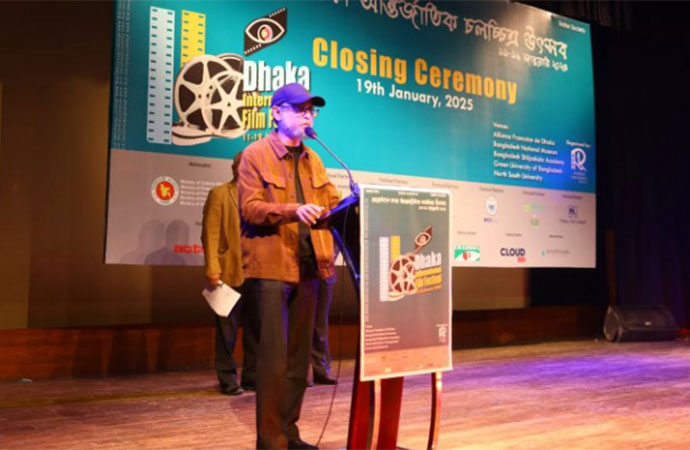
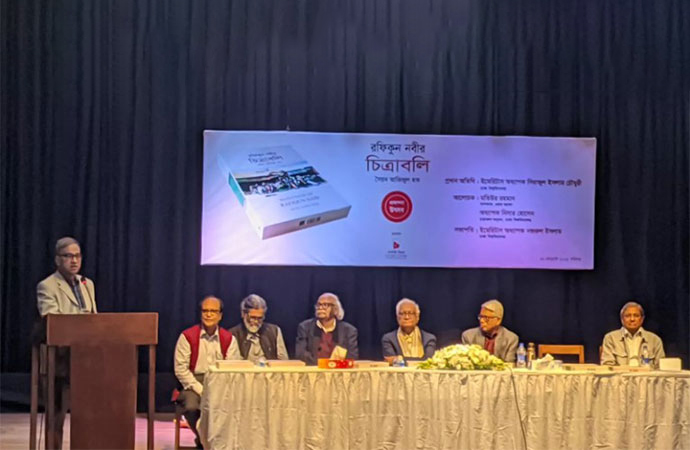
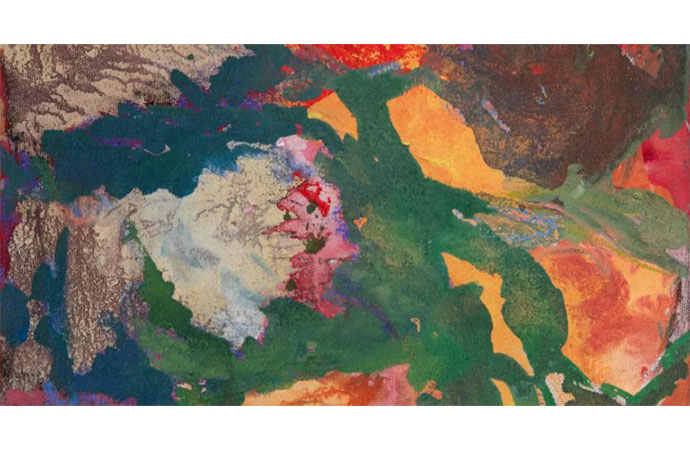

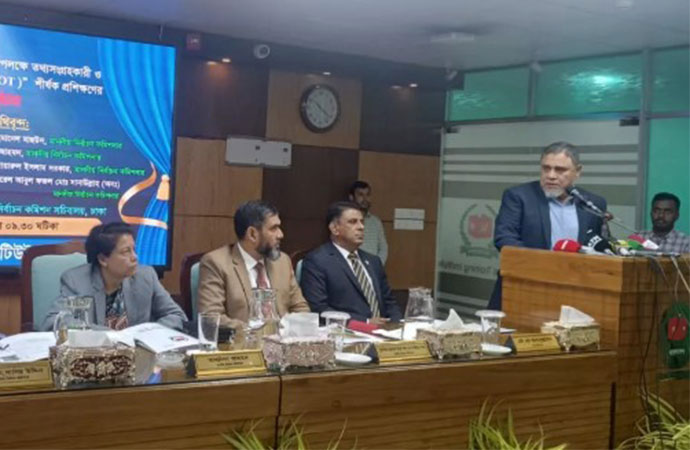
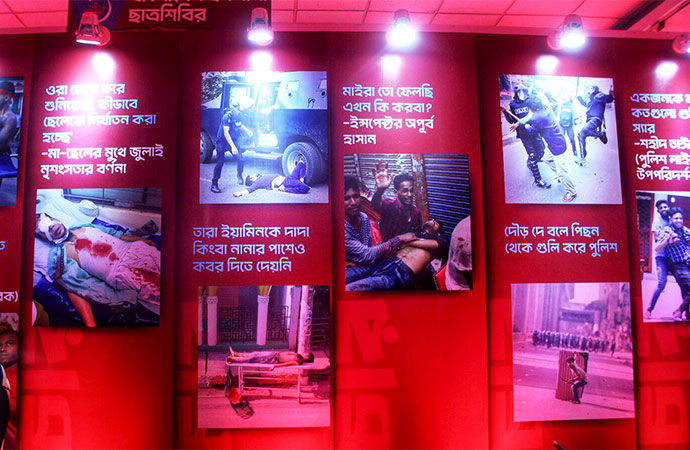







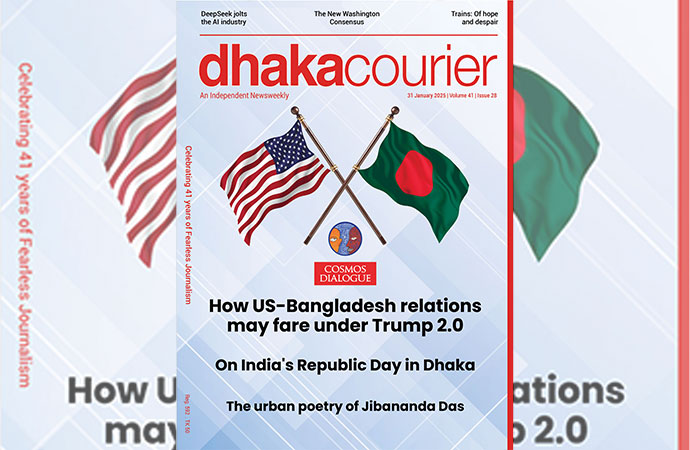

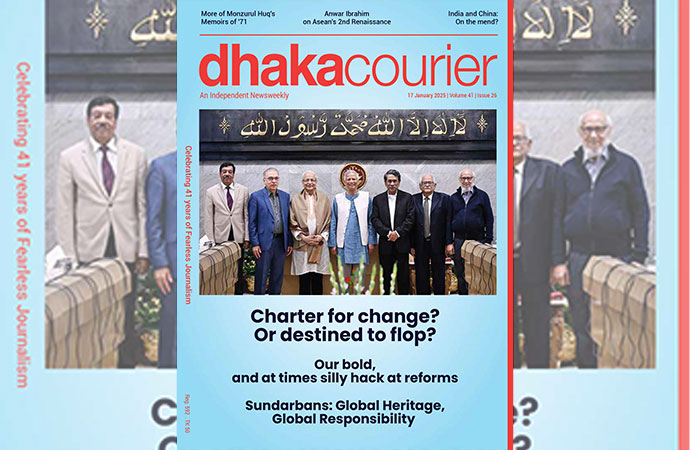

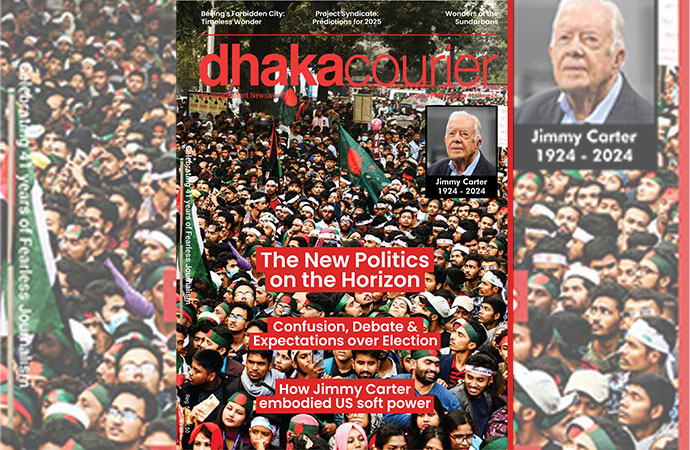

Leave a Comment
Recent Posts
Gallery Cosmos hosts special s ...
Celebrating a vibrant winter evening of cinematic art and storytelling ...
Logic of interdependence, mutu ...
Indian High Commissioner to Bangladesh Pranay Verma has said they stro ...
The most important deliverable on the IG’s plate
All 64 people aboard an American Airlines jet were k ..
Tensions between Dhaka University and its seven affi ..
Energy cooperation provides benefits for entire Sout ..